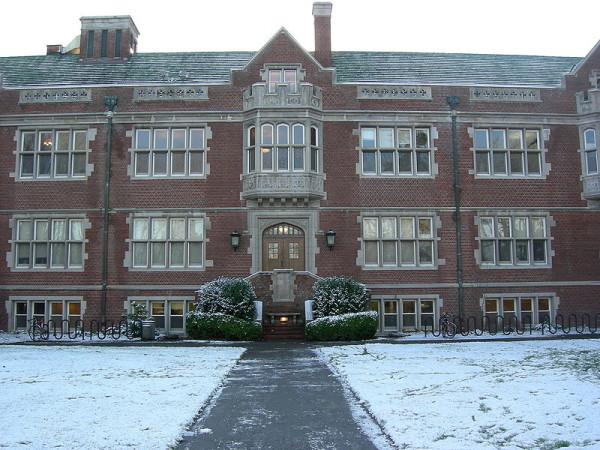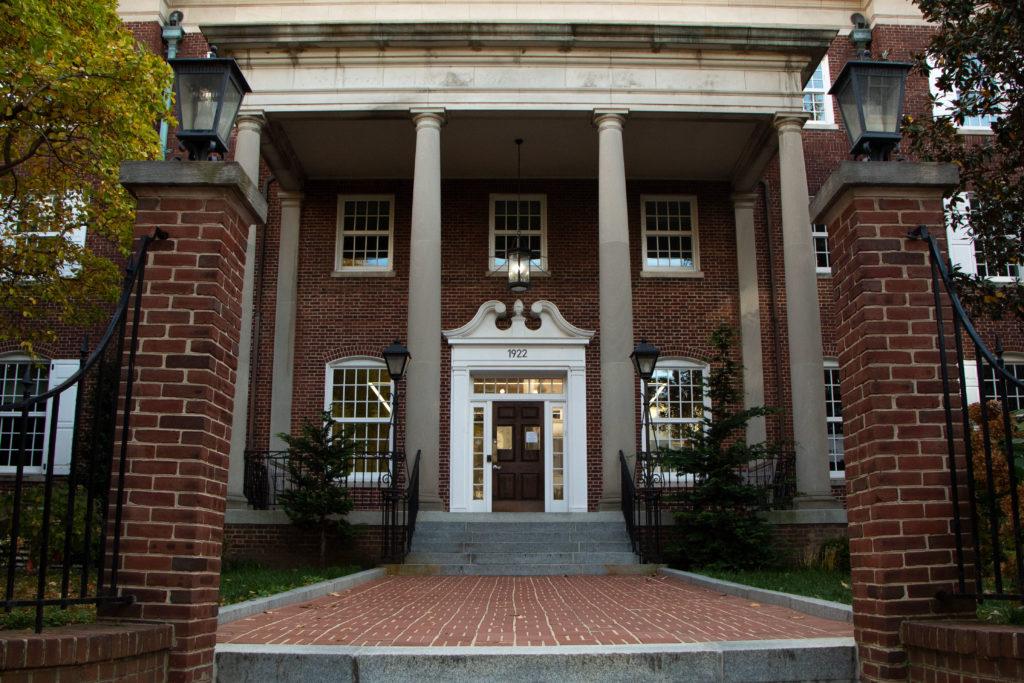GW’s highly publicized retreat from advertising a need-blind admissions policy this week brought a wave of backlash against the University for passing over needier students while shaping its freshman class.
But that practice, which has always been in place at GW but was not revealed publicly until Monday, is increasingly common among elite colleges facing flat endowments and rising demands for aid in the wake of the recession.
In the last four years, admissions offices in top private schools such as Colby College, Reed College, Tufts University and Wesleyan University moved to consider students’ need before finalizing acceptance letters.
Administrators at these need-aware institutions, including those at GW, say they can lift more of their students’ financial burden by weeding out students that the universities cannot afford to support.
The head of GW’s admission and financial aid offices, Laurie Koehler, confirmed last week that GW fills its waitlist with one eye on students’ financial aid packages. While admissions officers reading applications don’t know how much money a student is requesting, she said GW does look at which students require need “to ensure our financial aid packages can meet a larger proportion of families’ demonstrated need.”
University President Steven Knapp also said the school’s endowment, which at about $1.37 billion is smaller than some of its competitor schools, has for now forced GW to cap the number of scholarships it can provide.
“I would love to see us become a need-blind institution. As matters stand today, however, we believe that our current practice is the best way to meet the financial need of as many students as possible while recruiting an academically strong and diverse student body,” Knapp said in an email this week.
GW already boasts more generous financial aid offers than its peer schools – even those that are need-blind. The University meets an average of about 88 percent of a student’s demonstrated need, compared to New York University, which meets just 55 percent even though it does not consider financial need in the admissions process.
Former University President Stephen Joel Trachtenberg said while GW has strived to “stretch our dollars” to give financial aid to top applicants, he said it was impossible to be completely need-blind.
“I was always aware that we had a limited number of funds, unlike some better-endowed universities,” he said. “We had to spend our money with a very scalpel-like intent to make sure that we maximized the number of students that we served.”
The fierce debate across higher education about need-blind policies ignited shortly after the recession, when schools like Reed College admitted that it dropped as many as 100 students from its freshman class because its financial aid budget could not carry them.
Reed College president Colin Diver said in 2009 that the school’s aim to admit all students without considering aid requests had been set back by its endowment drop.
But the college maintained that choosing only students that the college could support was a better option than “gapping” – offering financial aid packages that are far below what a student needs to attend, which had been Reed’s previous practice.
Grinnell College, one of the nation’s wealthiest liberal arts colleges, floated a need-aware admissions policy last spring. The outcry from alumni and students put that plan on hold, the college’s communications director Tim Reische said – but only temporarily.
“When you look at Grinnell’s financial situation over the long-term, the current course is not sustainable,” Reische said, adding that the college’s leadership will reconsider the shift in fall 2015 after an expanded fundraising push to boost its aid pool. “At that point, all options would be on the table.”
Mark Wrighton, the chancellor of Washington University in St. Louis, has defended its need-aware policy because he said it sets the school up financially to hire more faculty and build up programs, with less of a focus on enrolling students from diverse socioeconomic backgrounds.
“It’s not our highest priority,” the chancellor told the student paper at Washington last December. “We’re committed to quality and diversity, but we also have to be able to afford [this diversity].”
About 80 percent of private colleges are entirely need-blind, according to a 2008 report by the National Association for College Admissions Counseling.
But a former GW admissions officer said all colleges collected enough details about an applicant, from zip code to parent’s level of education, to understand their financial picture.
“You absolutely know if you’re admitting an inner-city kid from the Bronx with a parent who drives a taxi and didn’t go to college versus a kid whose parent works on Wall Street,” the former admissions counselor, who spent multiple years at GW, said.
– Jeremy Diamond contributed to this report








